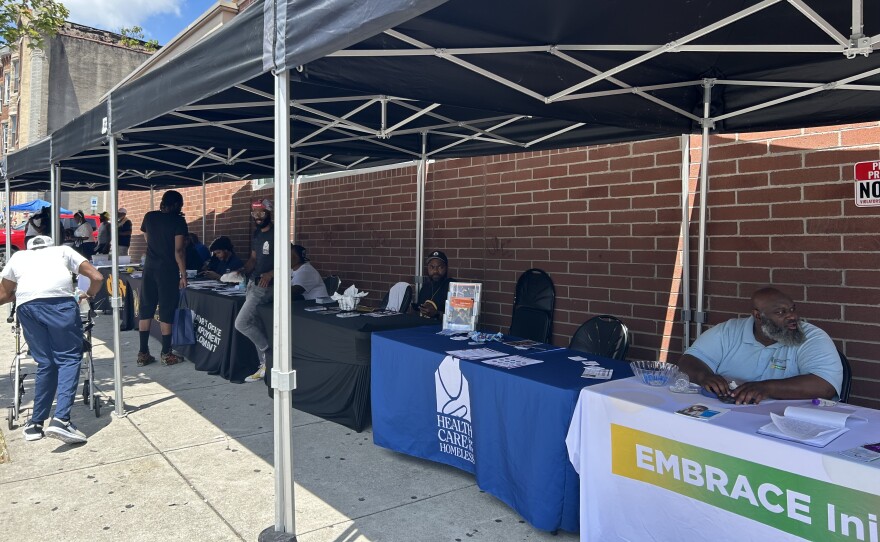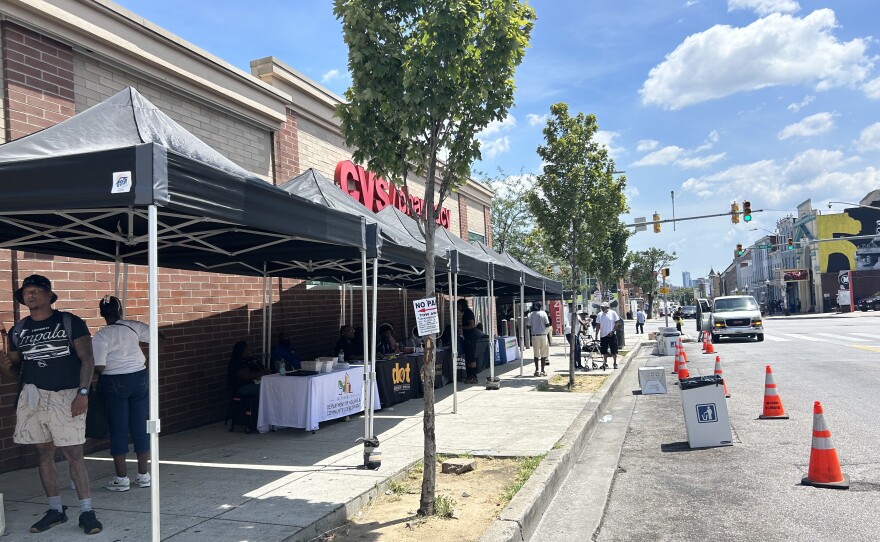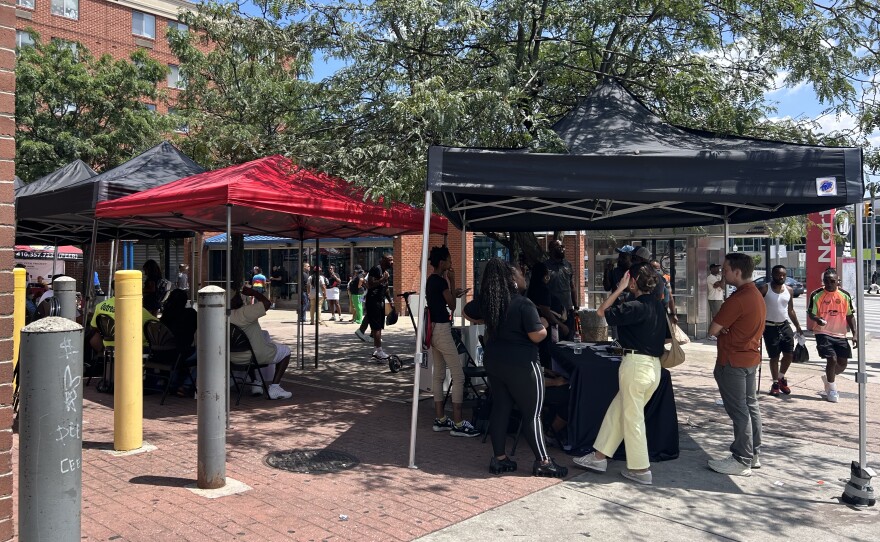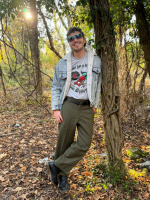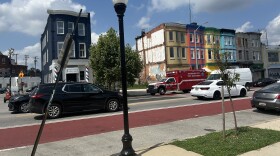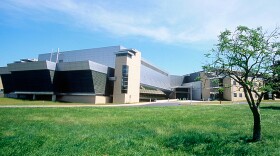Baltimore continued its outreach in the Penn North neighborhood, which suffered two mass overdoses incidents this month.
On Monday, the Mayor’s Office of Neighborhood Safety and Engagement (MONSE) held a resource fair, drawing about 500 people from the community.
Booths offered naloxone, rehabilitation services and even free pizza near the Penn North Metro Subwaylink station.
“We're going to have a presence here, and we're not leaving,” said Stefanie Mavronis, MONSE director. “Our intention is to continue to provide resources. Some of the resources you see out here today are everything from substance use recovery services, treatment, housing, other city agencies, employment opportunities.”
Mavronis said the city surveyed the area and those resources were of most concern to the people living in the neighborhood.
Mavronis said Baltimore is planning more outreach events in Penn North for the coming weeks.
“You may not see a resource fair at this scale every single day, but our intention is for as many consecutive days as possible to be offering some staggered resources,” Mavronis said.
The city is also hosting a more permanent resource center at Gethsemane Baptist Church on Francis Street.
While the city is continuing its outreach, some residents are still skeptical of the government’s role.
“You can't keep waiting for tragedy to happen to come around here and try to try to make a difference,” said Larry Collins, a Penn North resident and fair attendee. “This is one of the worst areas Baltimore City. It's definitely been forgotten, if not the area the people, right?”
Earlier this month, 27 people overdosed around the same time in the neighborhood.
Just eight days later, seven more people were treated for overdose symptoms. There were no fatalities from the mass over dose incidents, but residents say people die every day from drug and will continue to die from them.
All of this is happening as Baltimore is seeing an influx of at least $400 million, if not more, from settlements with opioid companies.
The city decided to sue the companies on its own because of the disproportionate impact on its residents and, so far, has seen more money than if it signed on to the global settlement.
Baltimore is just beginning to decide how those funds will be spent, at least $87 million will go to about two dozen addiction and opioid prevention services in the city.
The city is holding four listening sessions with communities most impacted by opioids the night before the mass overdose this month.
Additionally, the city council is holding a series of hearings on how the money will be spent.
The city put out a revised plan earlier this month, honing in on specific items that will reduce overdoses and addiction.
Those include increasing access to harm reduction services and mental health services like naloxone and mobile vans that offer care.
Other parts of the strategy aim to dismantle silos in the continuum of care by coordinating with state and federal efforts to reduce illegal drugs and enhancing access to data to allow the most precise work possible.
The plan also works to reduce stigma and barriers to care, improve substance abuse treatment and develop effective non-emergency response systems that reduce contact with law enforcement and increase interactions with mental health professionals.
The strategy is based on cutting edge research and best practices from throughout the globe.



